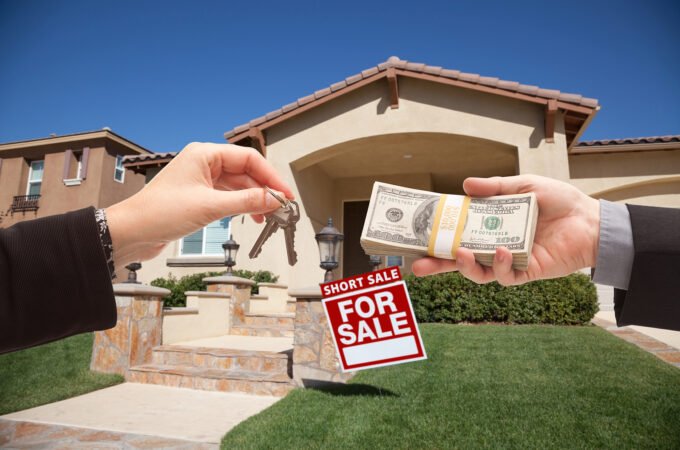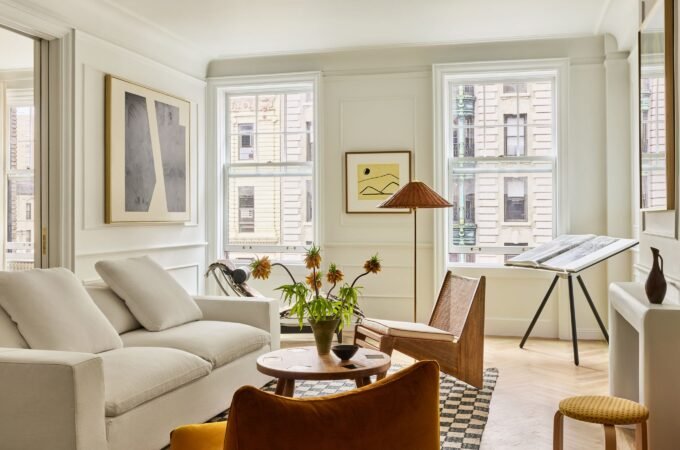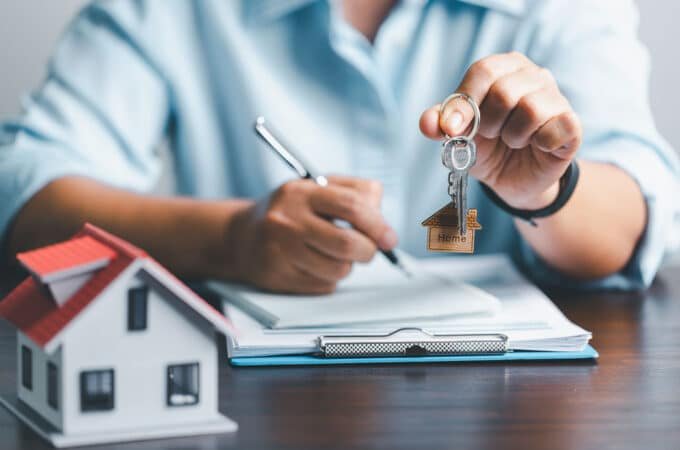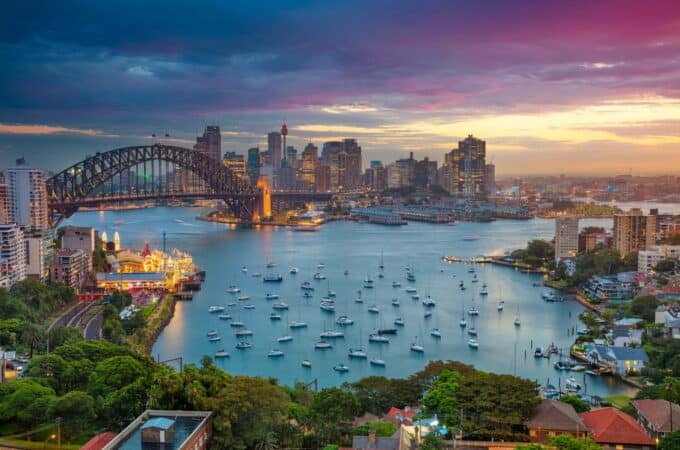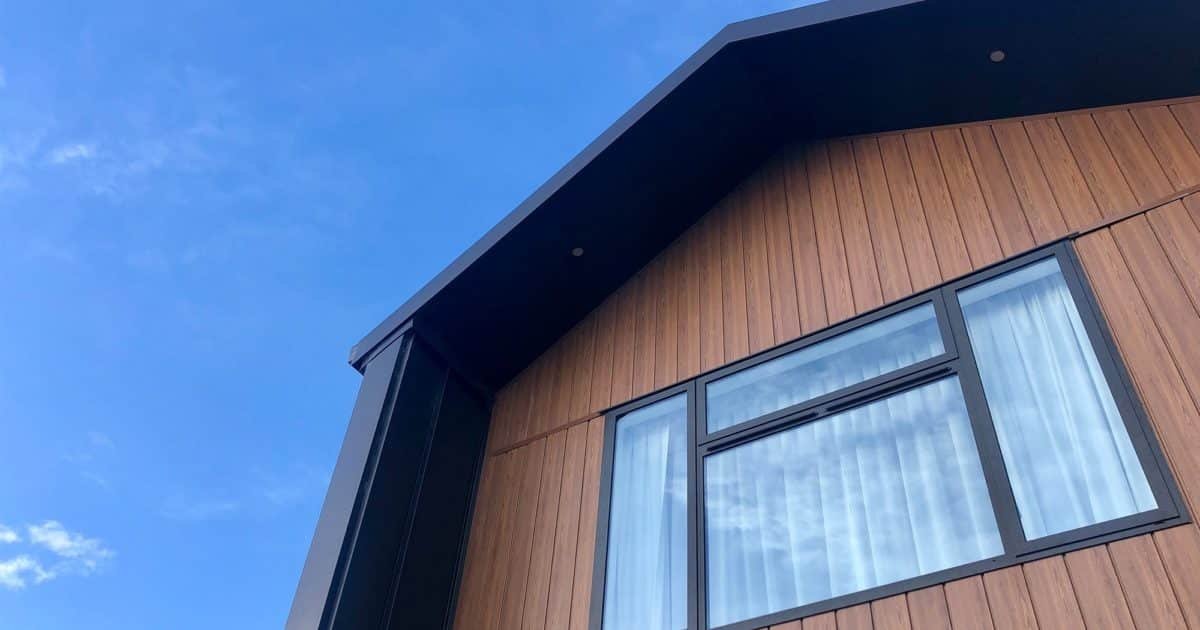
WHY IS COMPOSITE CLADDING A GOOD CHOICE FOR YOUR HOME?
Composite cladding is made from wood fibers (or wood flour) and thermoplastics (polyethylene, polypropylene, or polyvinyl chloride). It is one of the most common cladding products, especially in damp and rainy locations. We highly recommend it to homeowners since it has the look and feel of timber but with much higher resistance and durability. To learn why composite cladding is a good choice for your home, here are its top 6 benefits:
DURABLE
Composite cladding is made from wood components because it’s main goal is to mimic the wood aesthetic. But unlike natural wood, it isn’t vulnerable to insects, rot, water, and fire. A similar product to composite cladding is fiber cement. Both are durable and equipped to withstand difficult weather, keeping their true colors even after heavy rainfall and snow. With composite cladding, you also won’t have to worry about expansion and contraction, termites, and warping.
EASY TO MAINTAIN
Some disadvantages of timber cladding are sensitivity to moisture and insects. Sure, you can add protective coatings to strengthen the barrier but you will have to clean and refinish the cladding more often. Composite cladding doesn’t have these issues so it’s super-easy to maintain. In fact, sometimes you can finish the job with a pressure washer. Composite cladding boards are also UV-resistant and have minimal fading. Because of this, you won’t have to add special UV-resistant coatings and will cut maintenance costs.
MOLD-RESISTANT
One of the scariest consequences of having a cladding with poor water-resistance is mold growth. Mold spreads fast and it can destroy almost everything in the home, from insulation and walls to windows and doors. Not only that, mold is very bad for the health, leading to serious respiratory illnesses and even death. Composite cladding is not a material where mold can freely grow and breed. Its high mold-resistance prevents such disasters and creates a safe and healthy living environment.
However, if you don’t clean composite cladding or scratch it deep enough, the material will become vulnerable to mold and mildew. So whether composite or real timber, proper maintenance and care is the key to prolonging your cladding’s lifespan.
ECO-FRIENDLY
Composite cladding offers superior insulation when compared to other cladding products. This means that you will reduce energy spending and contribute to a better environment. Some manufacturers provide composite cladding with recycled or sustainably sourced timber. They incorporate planting schemes in their work routine, making sure they return to nature as much as they took.
COLOR VARIETY
Composite wall cladding manufacturers usually offer at least ten different colors and two finishes to choose from. This isn’t as limiting as it sounds, especially when we compare the situation with other types of cladding like metal and brick. Plus whatever color you choose, composite cladding will look like authentic wood since it has similar patterns and textures.
HAS MANY USES
Because it offers such a variety of benefits, composite cladding has many different uses. Homeowners started using it for fences, décor, and extensions. You can also use cladding to cover up plain walls and fences, break wind patterns, and for shade. Since the material is mold-resistant and waterproof you will have no problem adding such decorative features next to pools and water fountains.
Mark Ligon is the Marketing Manager at a leading e-commerce store in plumbing supply. Mark focus is on DIY projects and providing creative and practical advice to individuals looking to complete DIY projects of their own

